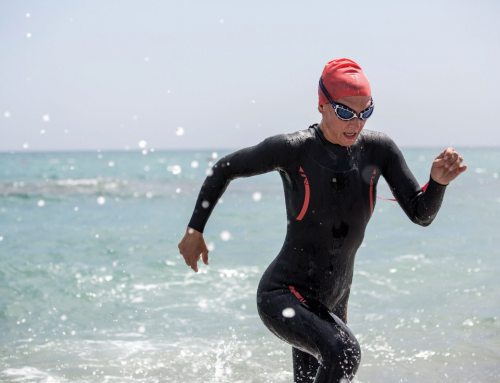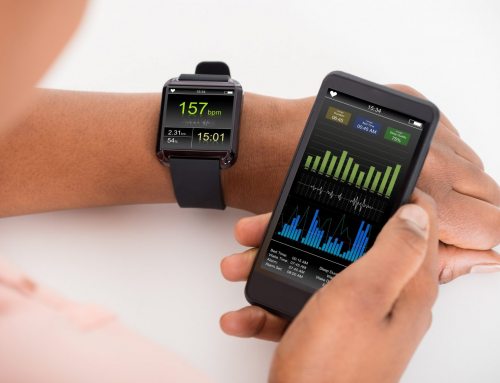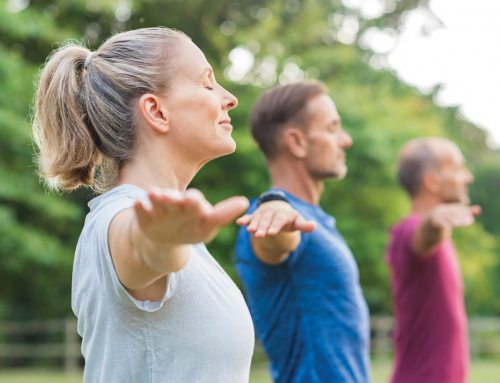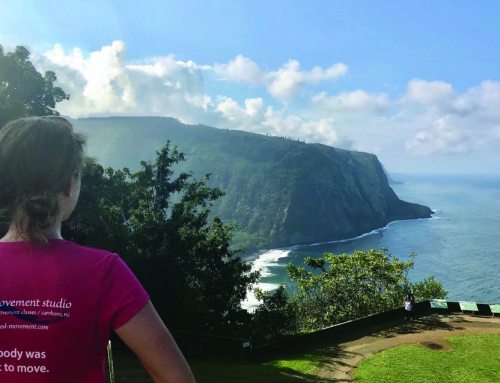By Catherine Duncan
We are beginning a new year, and it’s time to think about how to maximize our potential and get the most out of our workouts. Whether you are a competitive endurance athlete or recreational participant, it pays to plan our seasons and our year. This does not mean the end to fun, spontaneous pick-up games or runs with your neighbors, but having a thoughtful plan can help you achieve your goals and avoid injuries.
When designing your program, keep in mind the pillars of fitness: flexibility, stability, endurance, strength, agility/quickness, power. Your program should address each of these areas adequately for your unique physical condition and appropriately for your sport.
The National Academy of Sports Medicine teaches a useful model for thinking about training, the Optimum Performance Training, or OPT model. The model divides a training program into 6 phases: Phase 1- Stabilization Endurance Training, Phase 2- Strength Endurance Training, Phase 3- Hypertrophy Training, Phase 4- Maximal Strength Training, Phase 5- Power Training, and Phase 6- Maximal Power Training. For most endurance sports, phases 3, 4, and 6 can be skipped. So what does all this mean? Basically, begin your “pre-season” with core and endurance training. These are low intensity, lots of repetition exercises, or core work with longer holds. Longer runs/bikes/swims at an easy to moderate pace will help build endurance. Continue with these, and some strengthening, during your “season”. Yes, even endurance athletes benefit from strength training a couple of times per week. Increase the demands of the exercises, reduce the reps. A few weeks before your peak, be sure you add some power training, which involves low resistance but quick/fast work. Try some speed work on the track, agility ladder work, shorts sprints in the pool, or short burst up a hill on your bike. Finally, give yourself a bit of recovery prior to your big event to ensure that you are not still fatigued. For more detailed information on this model, visit the NASM.org website.
With the OPT model and pillars of fitness in mind, consider the events during your season or year for which you want to be in peak performance. Plan your “cycles” so that you will feel and perform your best for those events. Whether you are planning to race in your 10th Half Ironman or a week-long cycling trip in Spain, plan your training for these events, and allow for recovery for 1-2 weeks afterward. You will feel better, and likely perform better too!
# # #
Catherine Duncan, PT, SCS, ATC, PES has enjoyed treating athletes and runners for 17 years and can be found at Proaxis Therapy in Carrboro. In her free time, she loves playing soccer, running, biking, swimming, and doing just about anything outdoors with her husband and their 2 boys.





